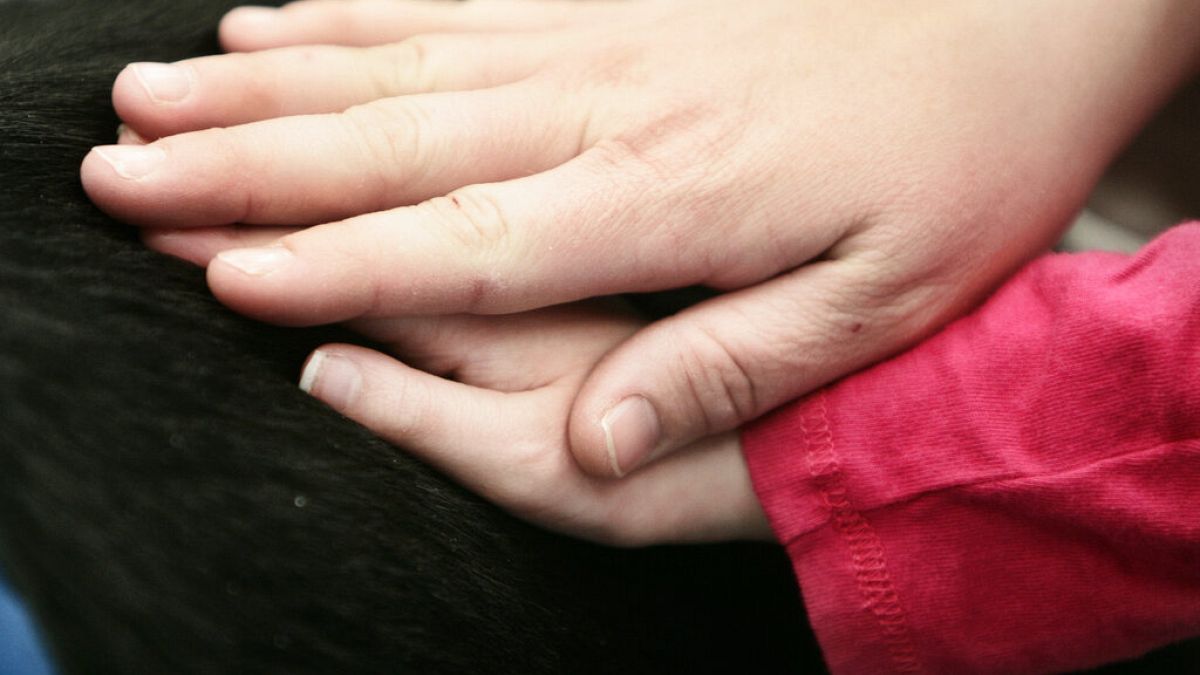San Jose State will end its season against a Sun Belt opponent that’s dealt with plenty of its own adversity this year.
Contact/Follow @MattK_FS and @MWCwire
The Spartans face a team in flux.
The San Jose State Spartans will play in their third bowl game in four seasons when they face the Coastal Carolina Chanticleers in this year’s Easypost Hawaii Bowl. For their part, Coastal is also in a bowl game for the fourth straight year, but the vibes around both teams might be, for the moment, significantly different.
While SJSU is in the midst of a six-game winning streak, their opponent is in the midst of grappling with regression from the heights they reached just two seasons ago. The pressure is on, then, for Coastal Carolina to head into the off-season with some momentum behind the unavoidable transition to a new chapter.
Here’s what San Jose State fans need to know about the Chanticleers.
2023 Coastal Carolina Chanticleers — Team Profile
Conference: Sun Belt
2023 Record: 7-5 (5-3 Sun Belt)
SP+ ranking: 76th
FEI ranking: 86th
Sagarin rating: 86th
Head coach: Tim Beck (first year)
2023 in a nutshell: This fall, the “Chants” became some of the latest proof that things can change quickly in college football. Just two years removed from back-to-back 11-win campaigns, Coastal Carolina began 2-3, dropping their first two conference games, before rallying to win five games in a row. That turnaround came at a price, however, as star quarterback Grayson McCall was lost for the season to a head injury in October.
It was also shortlived since the Chanticleers ended the regular season with back-to-back losses to Army and James Madison. Since then, McCall has led a substantial exodus of talent to the transfer portal, meaning the CCU squad that takes the field in Hawaii will look different from the one that fought their way to seven wins in the rough-and-tumble Sun Belt.
Best wins: vs. Jacksonville State (8-4), at Appalachian State (8-5), at Old Dominion (6-6)
Key Players
Sam Pinckney, WR
After spending four seasons at Georgia State, Pinckney’s two seasons in Myrtle Beach have been productive enough to rewrite the record books. After leading Coastal with 64 catches, 904 yards, and seven touchdowns in 2023, the Greenwood, South Carolina native now holds the Sun Belt record for career receiving yards and established a new NCAA benchmark with a 57-game streak of at least one reception.
Clayton Isbell, S
A former freshman All-American at FCS Illinois State, Isbell transferred to Coastal after a one-year stint at Utah and landed on the third-team all-Sun Belt defense in 2023. According to Pro Football Focus, the super senior played a total of 738 snaps and made 34 stops among 86 total tackles, all of which were the most of any Chanticleers defender. He also chipped in with 4.5 tackles for loss, five passes defended, and four interceptions, so don’t be shocked if Isbell’s name comes up early and often since he could be just about anywhere.
Will McDonald, G
A two-year starter at left guard, McDonald hardly missed a snap for the Chanticleers this year and played 781 in all, allowing only one quarterback sack and eight total hurries. For that, he was named a member of the Sun Belt’s third-team all-conference offense, so Spartans defenders may find it tough to make much headway in the interior.
Micheal Mason, DL
Few athletes at any level play well enough to make four straight all-conference teams, but that’s exactly what Mason did at Wofford in the FCS’s Southern Conference from 2019 to 2022. After becoming the first Terrier ever to accomplish that feat, he transferred to CCU to play his super senior season with the Chanticleers, so while he only merited an honorable mention from the Sun Belt in 2023, Mason did lead the team with six sacks and nine tackles for loss.
Matthew McDoom, CB
The lone sophomore starter on a veteran-heavy defense, McDoom had a quality campaign after primarily contributing on special teams last year. Per PFF, he held opposing receivers to a 50% catch rate when targeted and gave up 11.6 yards per reception, making 24 total tackles while tying for the team lead with six passes defended.
Overview:
Offense
After two high-flying seasons as a top-ten offense in 2020 and 2021, the Chanticleers have regressed to the mean over the last two years and finished the regular season as almost exactly an average unit, ranking 66th in points per drive (2.19) despite finishing 29th in available yards percentage earned per drive (54.0%). One big reason for this was a season-long struggle to finish drives: Coastal has converted 74.51% of their red zone opportunities into points (119th in FBS), and just 45.1% of those trips resulted in a touchdown (130th).
Losing McCall almost certainly had an impact, but even he wasn’t as mistake-free as he’d been throughout the program’s peak: He averaged 8.6 yards per attempt, but that was the lowest YPA of his collegiate career. McCall also threw six interceptions in 224 attempts, a 2.7% rate that, believe it or not, was two-and-a-half times higher than what he posted from 2020 to 2022. With he and backup Jarrett Guest gone through the transfer portal, starting quarterback duties will fall to redshirt freshman Ethan Vasko, who has started three of the last five games and averaged 271.7 yards of total offense per game in November.
He won’t be the only relatively new face in the mix for the Chants on offense, though, since running back CJ Beasley and wide receiver Jared Brown, the Sun Belt’s freshman of the year in 2022, are both gone, as well. Braydon Bennett and Reese White have been the nominal starters at running back most of the year, but youngsters Max Balthazar and Ja’Vin Simpkins could see more reps in Beasley’s absence.
The offensive line is relatively stable, at least, with the same group of five starting the final six games of the regular season. McDonald and tackles Nick Del Grande and Zovon Lindsey headline a unit that held up well in pass protection, allowing just 16 sacks in 12 games.
As for replacing Brown, Coastal has a handful of intriguing options to pull attention away from Pinckney in the passing game. Tight end Kendall Karr (21 catches, 232 yards, four touchdowns) and wide receivers Jameson Tucker (19-395-3) and Kyre Duplessis (14-223-1) could all factor in with a few targets against the Spartans secondary.
Defense
Much like their offensive counterparts, the best descriptor for the Coastal defense in 2023 might just be “fine”. They allowed opponents to earn 49% of available yards per drive on average (78th in FBS) and gave up 2.23 points per drive (67th), propelled in part by 21 takeaways but equally hindered by an overall lack of disruption that’s evidenced by a 15.3% defensive havoc rate. Just one player, Mason, managed more than five tackles for loss in the regular season, which might be a problem against a San Jose State running game that’s surged as the year has progressed.
Also like the CCU offense, the ranks may be thinned by the transfer portal here, too, with Braylon Ryan and JT Killen the most noteworthy names. It’s still a veteran-heavy group at every level, though: On the defensive line, Will Whitson started the last seven games and contributed five TFLs and three sacks while Kennedy Roberts has appeared in 59 games dating back to 2019. Nickelback Juan Powell transferred in after four year at East Carolina and chipped in five TFLs and six pass breakups. Isbell and cornerback Keonte Lusk (five passes defended, three interceptions) anchor a secondary that features four different players who have picked off at least two passes in 2023.





























/cdn.vox-cdn.com/uploads/chorus_asset/file/25782636/247422_ChatGPT_anniversary_CVirginia.jpg)
/cdn.vox-cdn.com/uploads/chorus_asset/file/25789444/1258459915.jpg)

/cdn.vox-cdn.com/uploads/chorus_asset/file/25546252/STK169_Mark_Zuckerburg_CVIRGINIA_D.jpg)

